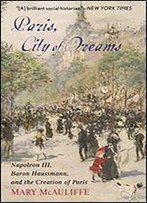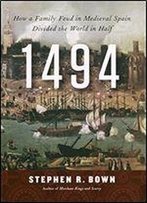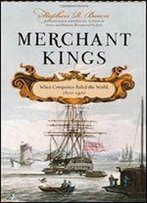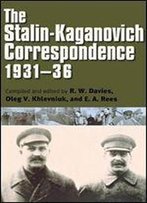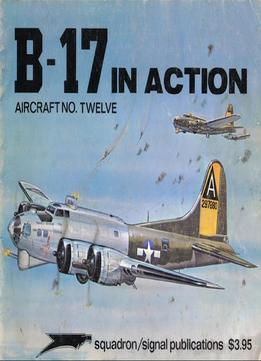
B-17 In Action (Squadron Signal 1012)
1973 / English / PDF
22.9 MB Download
There will never be another aircraft like the B-17. Times have changed, war has changed, people have changed. When the Army set out its 1934 requirements for a bomber able to fly at 250 miles per hour, with a service ceiling of 25,000 feet and six to ten hours endurance, Boeing was ready to give it a try. Their highly successful Model 247 airliner had led to many advances and bridged many technical gaps. . . The company was already working on the giant XB-15, the largest aircraft to fly when it finally took off in 1937. So, while most manufacturers submitted twin-engine designs, the team under Edward C. Wells in Seattle started working on Model 299. Construction began on August 16, 1934 and, borrowing liberally from the XB-15 and Model 247, Boeing produced a superb aircraft, free of the gawkiness which characterized so many bombers of the thirties. The first Fortress carried eight crew members, was powered by four 750 horsepower engines, and weighed 43,000 pounds. It was sixty-eight feet nine inches long, with a wingspan of nearly 104 feet, and there were four gun blisters, with provision for a fifth .30 caliber gun in the nose. The acid test took place on July 28, 1935, when test pilot Les Tower took Model 299 up for the first time. When the ninety minute test flight was over a lot of apprehension was gone and a lot of work justified. On August 20 the plane was taken to Wright Field for evaluation by the Air Corps. The Fortress easily matched up to the claims made for her.




